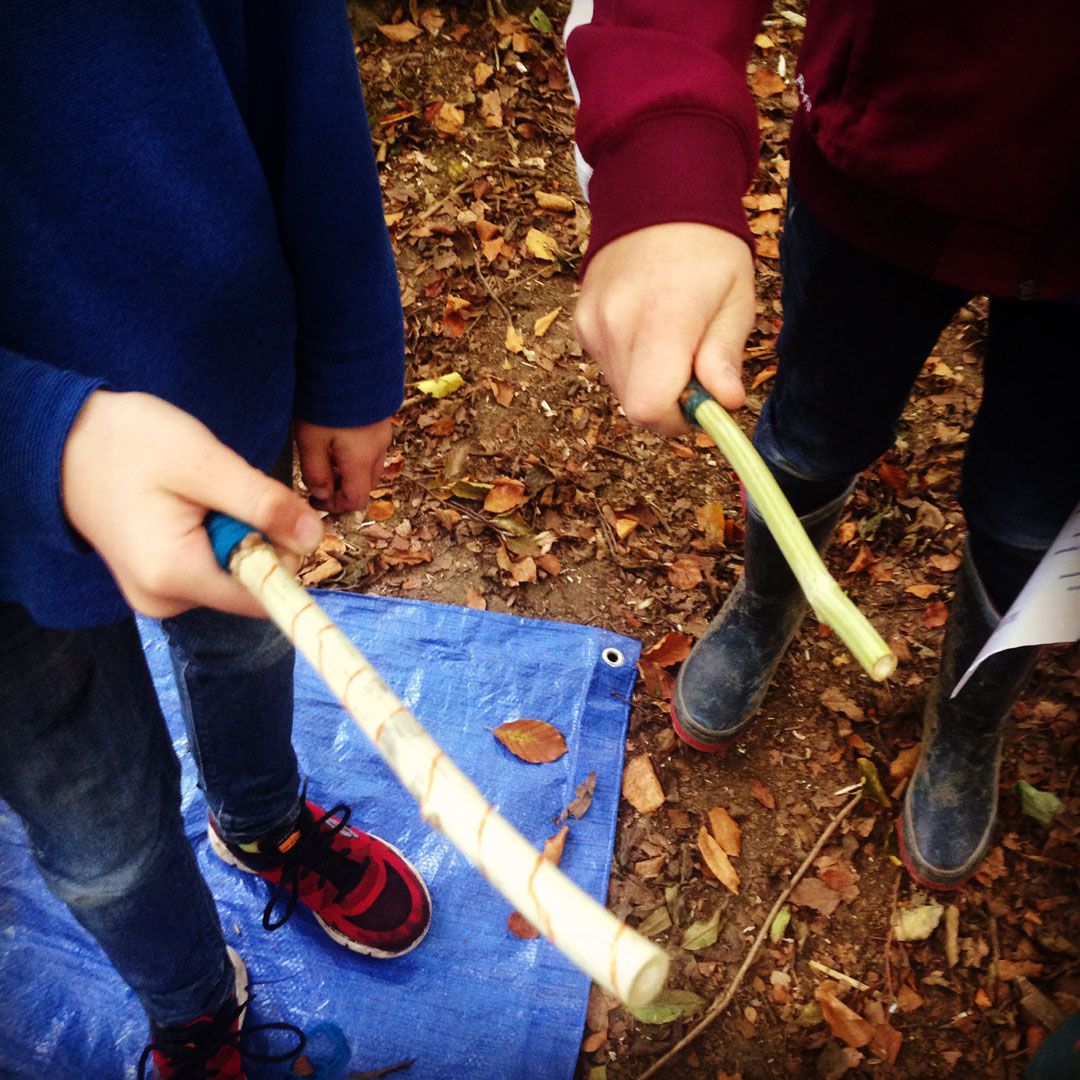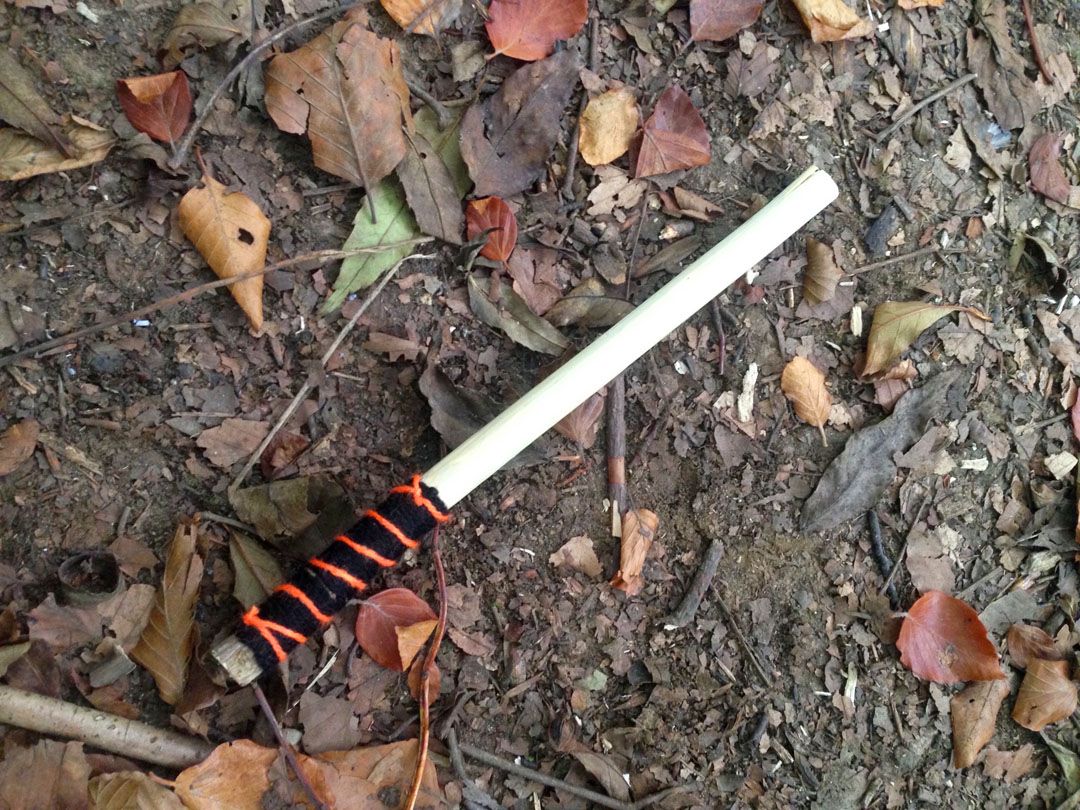
Blog
Stories from my personal journey learning about and delivering Nature-rooted programs across three different countries
Managing behaviour by asking kids to think for themselves...
Caylin (Forest Schooled)

Empty space, drag to resize
Children look to us a lot for answers and guidance. They ask, “Can I do this?” or “Can I have that?” and rely on our answers as directives for what they should or shouldn’t do. They depend on us to be 'judges' who determine what is right or wrong. We also expect them to comply with our decisions. When they don't, we get frustrated with their 'misbehaviour' and often turn to systems of behaviour management like rewards and punishments. But this comes with its own issues (for a story about this see Do rewards and punishments actually change behaviour?).
So, a while ago I decided to quit being a judge. When kids come to me for a judgement, I now turn the tables on them. I ask them, “What do you think?”
I like this strategy for a couple of reasons. Firstly, I don't think I am always the best judge, especially when I'm tired, stressed, or preoccupied. This method takes the pressure off of me to have to be 'on it' at all times. Another aspect I really like is how it makes the child think about things for themselves. It helps them develop skills in critical thinking, problem-solving, as well as emotional intelligence, which are all essential tools for life.
For example, one time I brought some wands I had made out of elder for an after school group. The loved role playing as characters from Harry Potter and I thought it would help stimulate their imagination. They absolutely loved playing with the wands and when the session ended, some really wanted to take a wand home. The only problem was there were 20 children but only 9 wands. We had a discussion about what to do and decided we could keep them at the setting so that they would be there for everyone to share and use the next time. We found a box and the children labelled it WANDS to ensure everyone would know where to find them and where to put them back when they finished using them.
At the end of the session the children were picked up one by one by their parents. A little girl named Bethany was the last one to be picked up. When her parents came, she asked me if she could take a wand home. I reminded her that we had agreed to keep the wands at the setting so everyone could use them. However, since she was the last one to be picked up she seemed to think she could sneak one out and no one would know. She put her sweetest smile on and said, “But can I just keep mine?”
I could have said here, “Of course not, that's not fair. Please put it back.” Bethany was a lovely girl and I'm positive she would have complied. But I want to foster thoughtfulness rather than compliance so I said this instead, “How do you think the others would feel if they knew you got to keep one and they didn't?” She said, “Bad.” I said, “So what do you think you should do?” She said, “But Naomi took hers home!” (It seems another girl had ignored the agreement we'd all made and Bethany had noticed). So I asked, “How do you feel about that?” She replied, “Bad....”
I thought I was really getting somewhere, but then Bethany said, “But please, can I just take one?” Again, she put on her sweetest smile for me (honestly, if she'd put her hands under her chin and started fluttering her eyes I wouldn't have been surprised).
I'll admit, I was starting to get a little bit annoyed that she still wanted to take a wand even though she knew it would be inconsiderate to the others. It was obvious her moral compass was guiding her in a direction I didn’t agree with. In situations like these we often feel it is our responsibility as adults to teach the child what the 'right thing to do' is. We might attempt to do this by saying something like, “No you can't keep it. You need to put it back otherwise it wouldn't be fair to the others.”
But that's playing the role of a judge. And remember, I've quit that job. So this is what I said instead, “This isn't about me giving you permission. I'm going to let you make the decision. Think about how the others might feel and then decide whether you're ok with that or not.” My tone was very calm and honest. I was trying to be sure she didn't feel like I was being passive aggressive or leading her towards a trap. I communicated that I would be ok with whatever decision she made and what was more important was that SHE was ok with it.

I then started to busy myself by packing things away to give her some space to think without feeling like she was being watched or pressured. I snuck a glance over in her direction every now and again just to see how she was doing. She stood next to the wand box for a good while. It was obvious she was having a debate with herself about what to do. She held the wand in her hand and I saw her look down at her bag. She started to move the wand towards her bag and put half of it inside. But then she stopped and looked at the box. She slowly pulled the wand back out of her bag and put it into the box, walked over to her parents and left...
I'll admit I was extremely relieved Bethany made the decision to leave the wand and not take it home. I wonder how I would have felt and reacted if she'd done the opposite. The experience highlights an important question – what do we do when a child's moral compass doesn't seem to be matching our own? How do we go about 'managing' their behaviour?
Louise Porter (2003) addresses this in the book Young Children's Behaviour. She states, “Discipline must aim to educate children in moral decision-making rather than simply make them conform to adult standards. This is not only because of the risks of teaching conformity, but because early childhood programs aim to teach children how to learn and think, and this aim cannot co-exist with the aim of teaching them to do as they are told – that is, without thinking about the issue and weighing it up for themselves” (pg. 29).
So, when a child is doing something I disagree with, rather than asking (or forcing) them to comply with my own directive, it seems to me to be more powerful to ask them to consider the impact of their actions instead. This requires them to consider their needs against the needs of others, to empathise, and, ultimately, to think for themselves...
P.S.Interested in making these wands yourself? You can find downloadable instructions for this and a few other crafts here.
References:
Porter L (2003) Young Children's Behaviour 2nd Edition, Paul Chapman Publishing, London.
More Posts
WANT TO GET FOREST SCHOOLED TOO?
Subscribe to my email letters, something special from me to you so we can learn together. Each one is filled with heart-felt stories from the forest, resources you may find useful, and things that hopefully bring a smile too.
Thank you!
© by FOREST SCHOOLED
